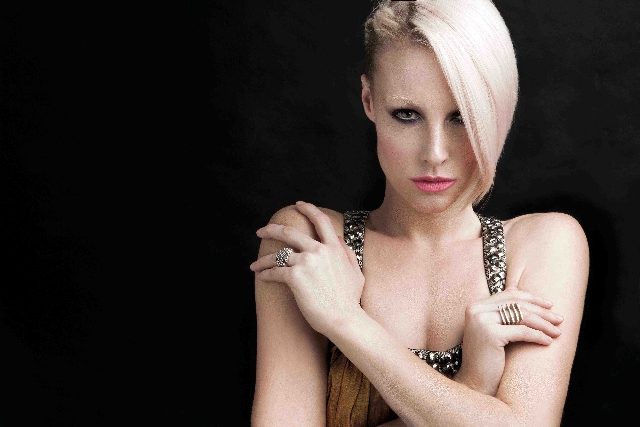Singer Emma Hewitt revels in electronic dance music innovation

Last year, I was talking with extraordinary singer Emma Hewitt about electronic dance music, and she said something I couldn’t agree with more.
“It (EDM) can be a little more groundbreaking” than other music formats, she said, because EDM musicians are reinventing sounds that are new to most American ears.
“One of the great things about musicians who work in EDM right now is that it’s an innovative genre in America,” said Hewitt, who performs with Cosmic Gate today at Marquee.
That means EDM features more dynamic structures, tones and textures than other types of music.
“There’s a lot more scope, to do more with the sounds,” said Hewitt, a classically trained pianist who gave up a rock band for EDM.
In fact, the freshness of EDM right now is reminiscent of other music evolutions: punk in the late 1970s; rap in the early 1980s; and alt-rock in the early 1990s.
I honestly believe EDM’s innovations are saving the soul of music in America. I know that’s a big statement. But EDM is exciting millions of us on a daily basis, while disassembling popular music traditions.
Hewitt — an Australian known for her own hit “Colours” as well as for singing on Dash Berlin’s “Waiting” and Cosmic Gate’s “Be Your Sound” — describes the reception of EDM in America this way:
“If you play a show in America,” she said, “the crowd is just insane. The energy is amazing, because it’s fresh and exciting for everybody. You can really feel that from the audience when you’re playing.”
Personally, I would argue EDM is the only innovative popular genre in America right now.
Let me be clear, I am not saying pop, rock, hip-hop and country are bad. Lots of songs are excellent in those formats, obviously. I’m saying those genres are not innovative as a whole.
For an entire field of music to be innovative, it has to be a new or renewed invention. And it must be made by musicians who express a genuine freedom to create whatever sounds they want.
I hear such freedom constantly from EDM musicians (writers, producers, DJs) who are redefining trance, house, dubstep and other subgenres.
Meanwhile, the mainstream pop, rock and hip-hop markets remain embattled bunkers, codified inside the scared confines of record labels.
When I told Hewitt I think there’s more artistic freedom in the EDM market than in the pop market, she agreed.
“That’s so true,” she said. “The pop market is a tiny, tiny market. You’ve got to completely fit into their mold with your songwriting with whatever works on radio at the time.
“So this (EDM) genre of music does allow you to be creative and do the music you love, without any boundaries, and you’re still reaching people. It’s great.”
EDM’s reach is now on the radio, in clubs, in movies, in video games and online.
This is something we should truly celebrate, for how often can we say a popular form of music is innovating the way hit songs are written, performed and heard? It’s a rare and glorious thing, I promise you.
Doug Elfman’s column appears on Page 3A in the main section on Mondays, Tuesdays, Thursdays and Saturdays. He also writes for Neon on Fridays. Email him at delfman@reviewjournal.com. He blogs at reviewjournal.com/elfman.












